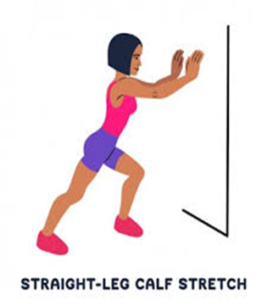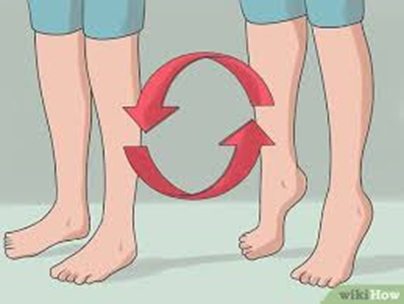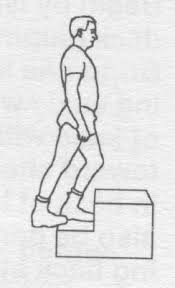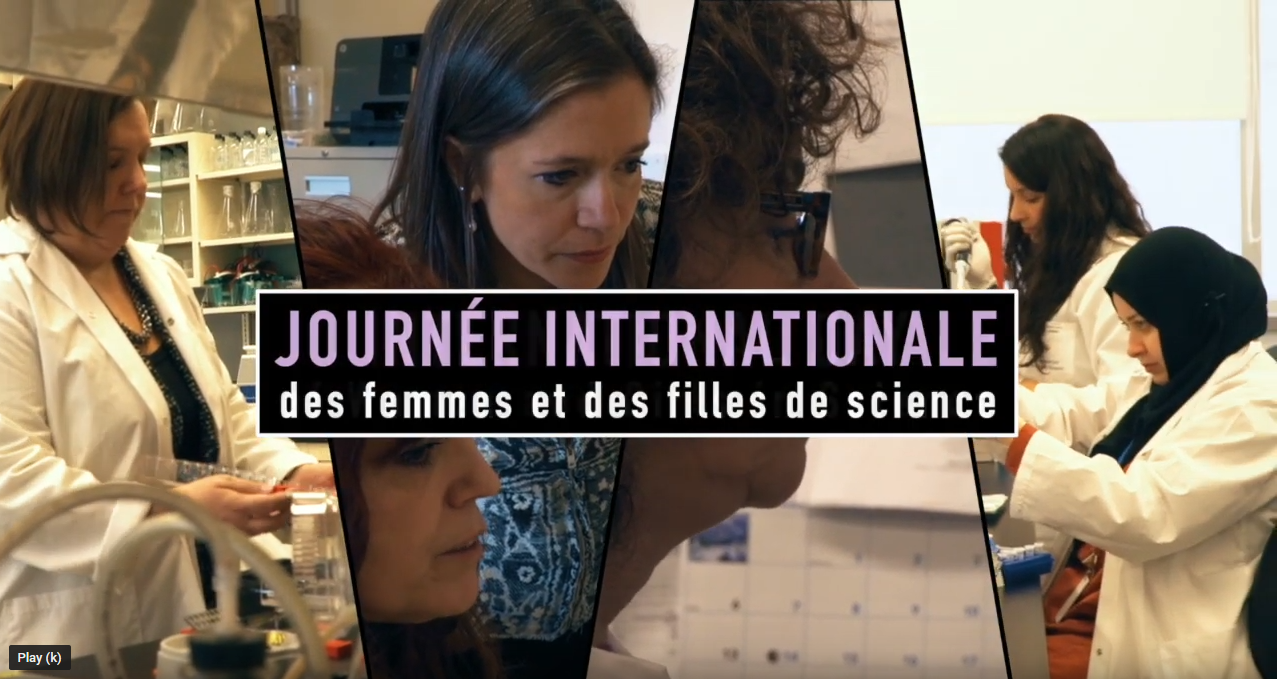You have Post Thrombotic Syndrome (PTS)
What is Post Thrombotic Syndrome (PTS)?
Post Thrombotic syndrome( PTS) is a condition that slows down the flow of blood back to your heart following an episode of Deep Vein Thrombosis (DVT)
What is the incidence of PTS?
On average 30% of people who are diagnosed with DVT develop PTS within 1-2 yrs. after their diagnosis
What are the functional changes in your leg that causes PTS?
DVT can cause high pressures in the affected vein(s) of the leg, to note, this is not the same as having a high Blood Pressure (BP).
These elevated pressures within the affected vein are caused because of:
- Lasting obstruction of the blood flow in your leg vein(s)
- Damaged valves in the leg veins
What are the risk factors for developing PTS?
Examples of risk factors for PTS are:
- Having more than one incident of DVT in the same leg
- Being obese
- Having a DVT above the level of the knee (especially the iliac vein or common femoral vein)
- Being Elderly
- Having a previous history of Chronic Venous Insufficiency
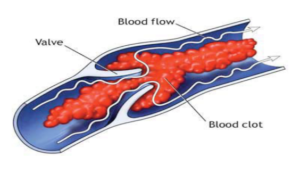
What are the Symptoms of PTS?
- Sensation of pulling, fatigue or heaviness in your leg
- Swollen leg
- Leg pain, cramping
- Itching or a sensation of pins and needles
How is PTS Diagnosed?
There isn’t any specific blood test or radiological tests that confirms a diagnosis of PTS. The diagnosis is typically made on the findings of the doctor’s clinical examination and the patient’s reporting of its symptoms.
How Can I Manage My Symptoms of PTS?
For complaints of dry and itchy skin:
- Lubricate your skin using a moisturizing cream
For complaints of swelling, feeling of heaviness, cramping and a pulling sensation in your leg:
- Wear a prescribed graduated compression stocking when up and about( usually measuring 20-30 mm. of mercury)
- Keep your leg elevated above the level of your heart while you sleep or are lying down (suggested using 2 firm pillows)
- Avoid prolonged exposure to heat
- Maintain a healthy body weight
- Restrict salt intake
- Take part in activities that are calf strengthening e.g. swimming, cycling, rowing machine, skipping rope, walking, etc.
Examples of exercises to strengthen calf muscles:
